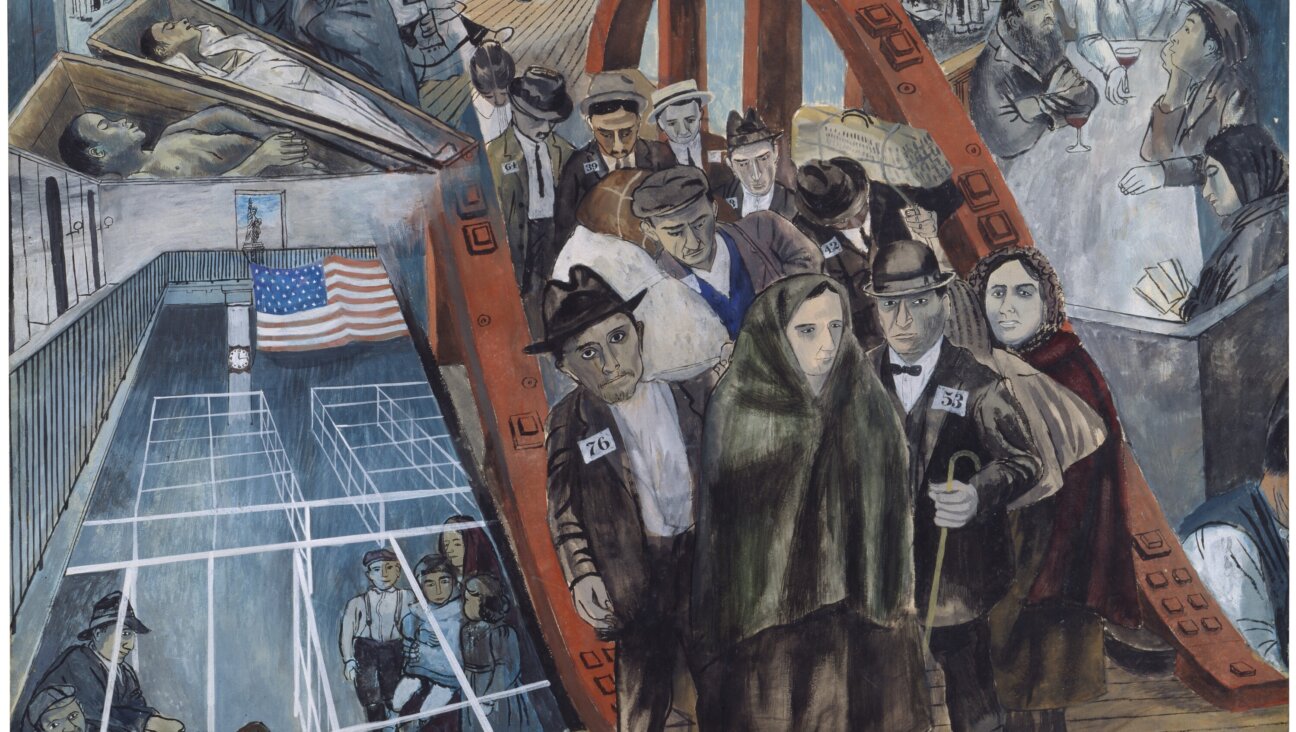Want To Buy A Hitler Self-Portrait? Tough Luck — It Might Be A Forgery.

Hitler’s signature on the painting “Prague in the Fog.” Image by CHRISTOF STACHE / Stringer
In the art world, forgeries are an unfortunate inevitability; painters, sculptors and photographers are copied for their work’s cachet, artistic merit and monetary value. But it’s more rare for an artist to be imitated not for their talent, but for their extreme notoriety.
Yet on January 24, police arrived at the Kloss auction house in Berlin to seize three watercolors signed “A. Hitler” — an attribution now believed to be fraudulent.
The auction house was set to sell off the landscapes, said to be painted by Adolf Hitler, with a starting price of $4,500. They were grouped together with a seal of authenticity given by a handwriting expert, the Daily Mail reported. The paintings, dated between 1910 and 1911, included an Alpine landscape with what was thought to be a self-portrait of the future Führer. However, the Berlin police department tweeted that they are launching an inquiry into “attempted fraud” and “falsification of documents” related to the authentication, the BBC wrote.
Hitler, who was rejected twice from the Academy of Art in Vienna, always considered himself a painter. Experts, even those at the Kloss auction house, have rarely considered him to be a gifted one.
“If you walk down the Seine and see 100 artists, 80 will be better than this,” Heinz-Joachim Maeder, a spokesperson for Kloss, told Reuters. “The value of these objects and the media interest is because of the name at the bottom,” he added.
That value is real, with demand being driven largely by scarcity.
“Generally paintings from Hitler seldom appear at auction so they are very wanted among collectors,” Ina Hall, an expert at Kloss, told the Daily Mail.
Bidders were expected to come mostly from outside of Germany, the BBC reports, with interest coming from the United Kingdom, United States, Russia and Scandinavia.
“I’m surprised that these paintings are going on sale in Germany as I understood Germans understandably don’t look favorably on people benefiting from that kind of material,” Michael Liversidge, Emeritus Dean of Arts at the University of Bristol, told the Daily Mail.
But there is precedent for Hitler’s sales, which, like those of many artists of greater quality, have only appreciated after his death. In 2015 a group of 14 paintings sold for $450,000 at the Weidler auction house in Germany. And in 2014 a single watercolor, in a lot with a letter signed by Albert Bormann, went for $148,000.
No arrests have yet been made in the case, but regardless of whether the paintings are fake, one thing’s for sure: They’re not very good.
PJ Grisar is the Forward’s culture intern. He can be reached at [email protected]






















